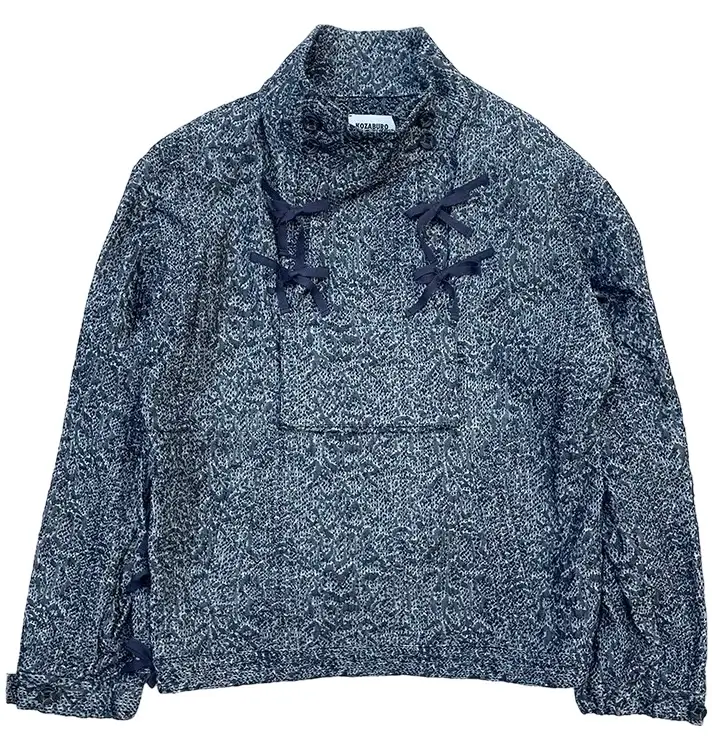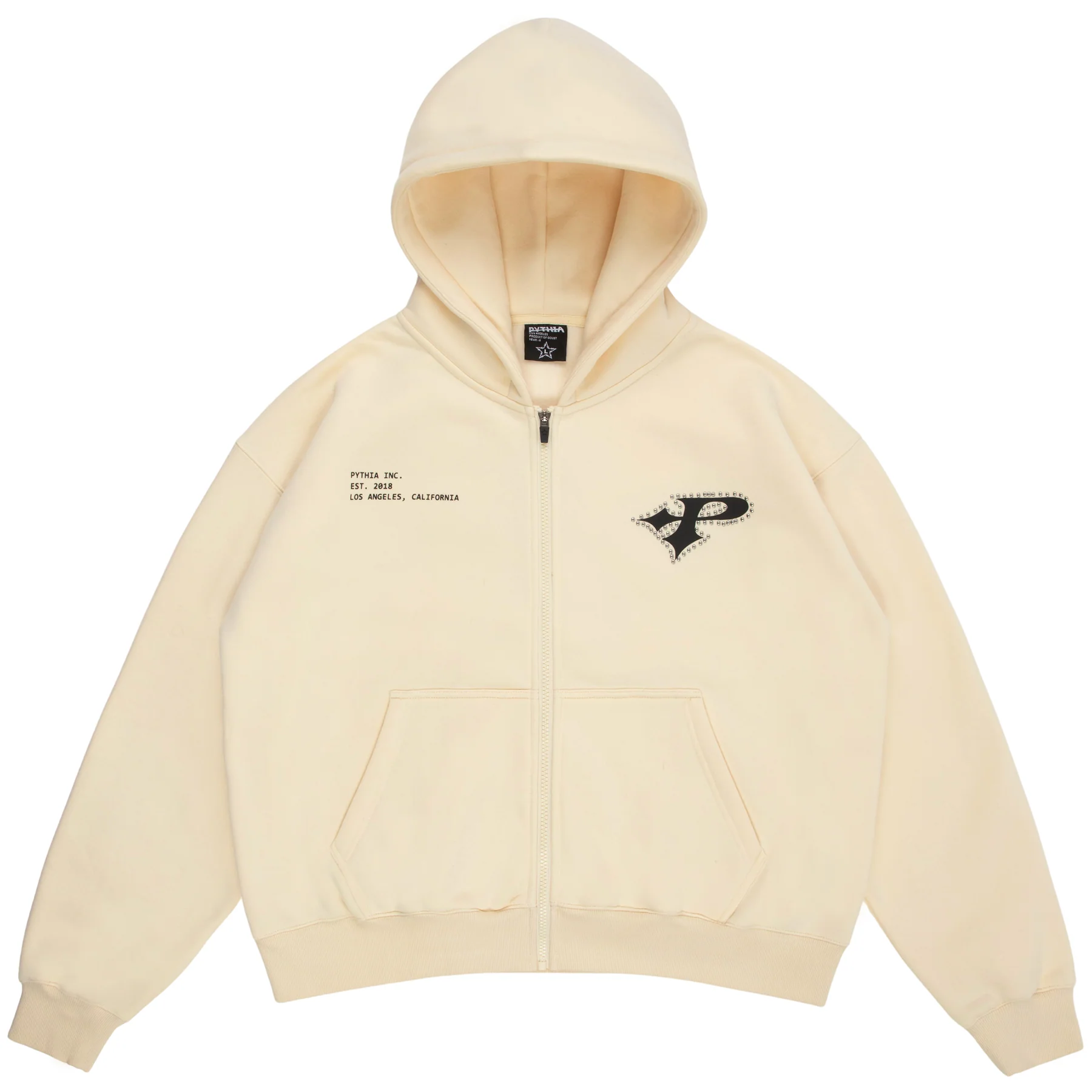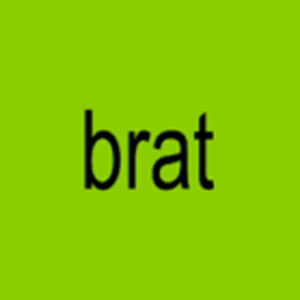Fashion, at its most provocative, is not merely about aesthetics. It is rebellion, transformation, and vulnerability woven into wearable form. At 080 Barcelona Fashion, EÑAUT’s ECDISIS emerged as one of the most conceptually raw and visually arresting collections of the season. Named after the biological process through which snakes shed their skin, ECDISIS becomes a powerful metaphor for the psychological metamorphosis of self—stripping away imposed ideals to reveal a more authentic, if uncomfortable, identity.
This is not fashion for comfort’s sake. This is fashion as confrontation. Through a dialogue of sharp tailoring, irregular silhouettes, and tactile materials, EÑAUT explores the liminal space between appearance and essence. The collection is a protest and a promise—a declaration of the pain and power that accompany self-reinvention.
The Genesis: Identity Under Pressure
Speaking to EÑAUT about the collection, one quickly realizes that ECDISIS is rooted in a deeply personal inquiry. “There’s always a tension between who we are and who the world expects us to be,” he explains. “This collection is about navigating that tension—how it can paralyze us, but also set us free.”
This dichotomy is captured in the garments’ structure: coats that begin as classic pieces only to unravel at the hem, shirts with skewed plackets that disrupt symmetry, and suits with exposed inner linings that suggest vulnerability beneath polish. The clothing seems to be in a state of becoming—never fixed, always evolving. EÑAUT doesn’t offer easy resolutions. Instead, he invites the viewer to sit with the discomfort, to acknowledge the artifice of perfection and the beauty in its unraveling.
Shedding Layers: Material as Metaphor
Fabric selection was integral to conveying this transformation. Heavy wools sit beside sheer mesh. Bonded neoprene is slashed to reveal delicate silk beneath. The contrast is visceral. It speaks of armor and fragility, of the simultaneous need to shield and expose.
“One of the first fabrics I worked with was this rough, industrial textile—it felt like a second skin, something protective but suffocating,” says EÑAUT. “When I paired it with silk, it created a visual language for the dualities I was thinking about.”
Textures clash not just visually but symbolically. Piercings—silver rings and bar-like embellishments—are anchored to seams and shoulders, resembling both adornment and restraint. They interrupt the flow of the garments, demanding the eye to pause. They hint at body modification, pain, and transformation. It’s as if the clothing is mid-shedding, part skin, part wound.
Shapes in Flux: Structure vs. Surrender
Silhouette is another language in which EÑAUT fluently speaks. In ECDISIS, nothing is fully settled. Classic menswear shapes are slashed and reconstructed. Blazers lose their symmetry, trousers swell with unexpected volume, shirts buckle under asymmetrical tension. The result is a visual lexicon of distortion—pieces that feel both familiar and uncanny.
Some garments cinch tightly at the waist before flaring outward, like a gasp held too long. Others droop off one shoulder, suggesting fatigue or release. There’s always a push and pull at play—between fitting in and breaking free, between structure and surrender.
“I wanted the clothes to express inner conflict,” EÑAUT shares. “Sometimes that meant using too many darts or distorting the grain of the fabric, just to see what tension would form. It was about challenging the notion of control.”
A Palette of Rebirth
Color-wise, the collection transitions from deep, murky tones—charcoal, slate, black—to lighter hues: bone white, soft grey, and pale seafoam. This gradual shift mirrors the idea of renewal after darkness. The palette never explodes in color, but rather suggests a slow awakening, a cautious optimism.
“There’s hope in shedding,” EÑAUT notes. “But not everything that emerges from transformation is comfortable or beautiful. That’s part of the truth.”
Even in its lightest moments, ECDISIS never betrays its emotional core. It remains reflective, resisting the temptation to dazzle for spectacle’s sake. Instead, it lingers—in shape, in message, in mood.
Sustainability and Slow Change
Though steeped in introspection and symbolism, ECDISIS is grounded in material responsibility. EÑAUT continues to prioritize sustainability in his sourcing and production processes. Fabrics are upcycled or locally sourced when possible, and waste is minimized through pattern optimization.
But for EÑAUT, sustainability isn’t just about environmental stewardship—it’s about psychological sustainability too. “We’re constantly being told to upgrade ourselves, to keep up, to consume. This collection is my way of rejecting that speed. It asks: what if growth was slow, painful, and mindful? Would we value it more?”
The use of deadstock fabric is not just an ecological gesture—it becomes another layer of meaning. The past, repurposed. Materials with memory are reassembled into garments of becoming.
Fashion as Emotional Cartography
What makes ECDISIS remarkable is not just its conceptual depth, but its emotional honesty. It’s rare for a collection to so seamlessly merge the personal with the political, the individual with the societal. It doesn’t just critique the world’s beauty standards—it lays bare the psychic toll of living within them.
There is no performative optimism here, no easy empowerment slogans. Instead, there’s catharsis. In watching these garments move down the runway—tense, dragging, exploding open—the audience is invited into a shared experience of unease and, ultimately, liberation.
“I think fashion should make people feel something—anything,” EÑAUT says in closing. “Even if it’s uncomfortable. Especially if it’s uncomfortable. That’s how change begins.”
No comments yet.









